The post 6 Important Compositional Elements to Consider When Shooting Landscapes appeared first on Digital Photography School. It was authored by Jeremy Flint.
There are many pleasures associated with photographing landscapes; from being in the great outdoors, to breathing in the fresh air and taking in the attractive views whilst capturing nature’s beauty all around you.
Taking good landscape photos is more challenging than you may think. People often tell me when they return home from capturing landscapes that they are often disappointed with their results. Part of this may be due to the subject, the weather, the photographer, or most likely the composition. To help you improve your composition, here are 6 fundamental elements worth considering when you next venture out with your camera to shoot landscapes.
1. Diagonal lines
Firstly, it is worth considering the term ‘composition’. Composition refers to “the nature of something’s ingredients or constituents” such as the formation and contents that make-up an image. When it comes to photography, there are many theories and factors that constitute what makes a good composition. One major component worth acknowledging is diagonal lines.

© Jeremy Flint
Diagonal lines can be a useful tool to use in your images. Carefully consider how you might use diagonal lines in your images. One proven way is to lead a viewer’s eye through the frame along a diagonal. These can go from left to right or right to left. They can be slightly horizontal or vertical and can be individual or repeated throughout the image. Leading diagonal lines can be a great way to naturally point towards an interesting part of your landscape, such as rows of flowers navigating towards a tree or a building.
2. Geometric shapes

© Jeremy Flint
When it comes to shapes and patterns, there are no hard and fast rules as to what works well together. Whilst seeing the landscape as a whole, be conscious of what geometric shapes you want to include in the frame. You may look for shapes that complement each other or that are opposite to one another. Consider their relationship and how they may be used together to bring balance to the image.
3. The rule of thirds

© Jeremy Flint
Have you ever produced pictures of landscapes that you were not pleased with and wondered why this could be? Well, one reason could be to do with the rule of thirds. The rule of thirds is an essential technique that can be applied to improve the composition and harmony of your landscape images. In essence, it involves dividing your image by thirds using 2 horizontal and 2 vertical lines. The idea is that you then place the important elements of your scene along those lines or at the point where they intersect.
In your landscape shots, try placing the horizon on the lower third and top third of the image and see which makes a more pleasing composition. You can also include an interesting object such as a tree where the lines meet. This gives a natural focal point for the scene.

Rule of Thirds Grid
4. Framing images

© Jeremy Flint
How you frame your images of nature can make the difference between a good and a great photograph. When framing your shots, create a visually effective image that communicates with the viewer in the way you envisaged. Overhanging leaves or branches can be used to form a natural frame to shape your picture. This helps to emphasize the subject and mask unwanted elements in the scene.
5. Foreground elements
Foreground elements can add more dynamism to your landscape images. Placing features in the foreground can give a sense of receding distance. For example, a rock, flowers, or snow are individual components that can be used to provide scale. Find an interesting subject to show in the lower part of your frame and see how this changes the composition of your landscape images.
6. Break the rules

© Jeremy Flint
Don’t feel you have to stick to the rules of composition outlined above. As with all rules, they don’t always give the best result and you can break them. Sometimes positioning the horizon along the center of the frame can produce a much more eye-catching photo. In addition, you can even place your main subject in the center of your frame. Don’t be afraid to try out different compositions and experiment to see which looks best.
Conclusion
While you can break the rules, it is worth learning the rules of composition effectively before you try to break them. They were introduced to benefit your photos in the first place, so remember to put them to good use. Diagonal lines, the rule of thirds, foreground details, and framing your images can all be used to enhance your landscape photos.
Now it’s over to you to put these tips into practice! Share the images you take and any comments with us below.

The post 6 Important Compositional Elements to Consider When Shooting Landscapes appeared first on Digital Photography School. It was authored by Jeremy Flint.


















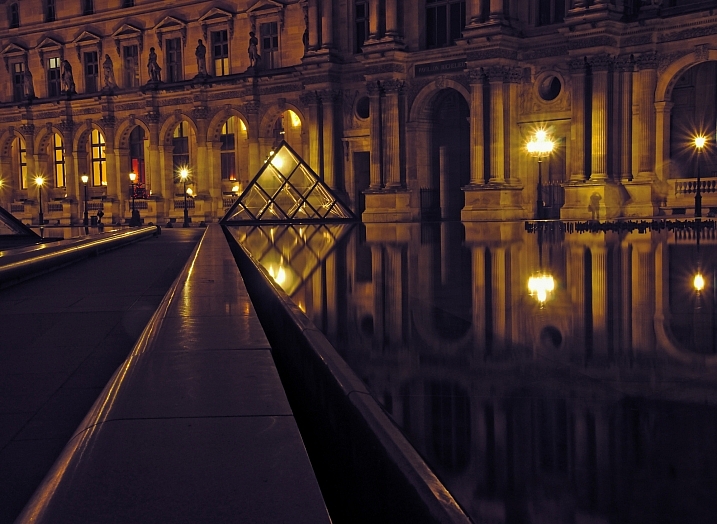
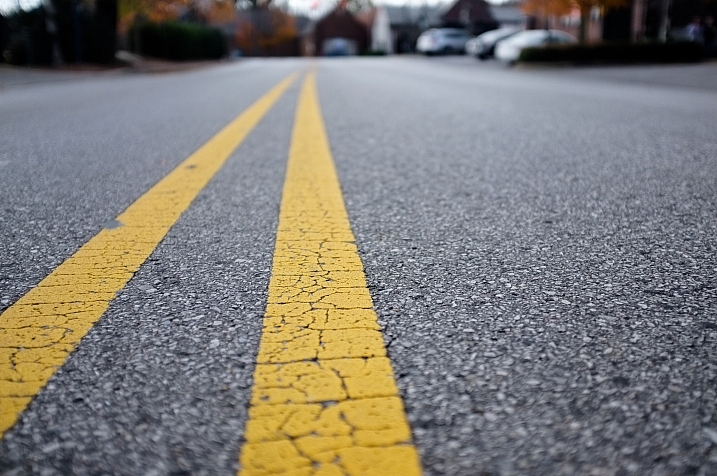
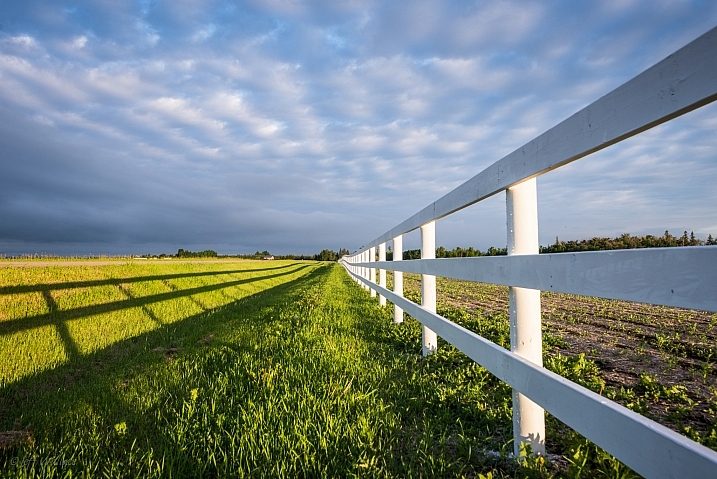
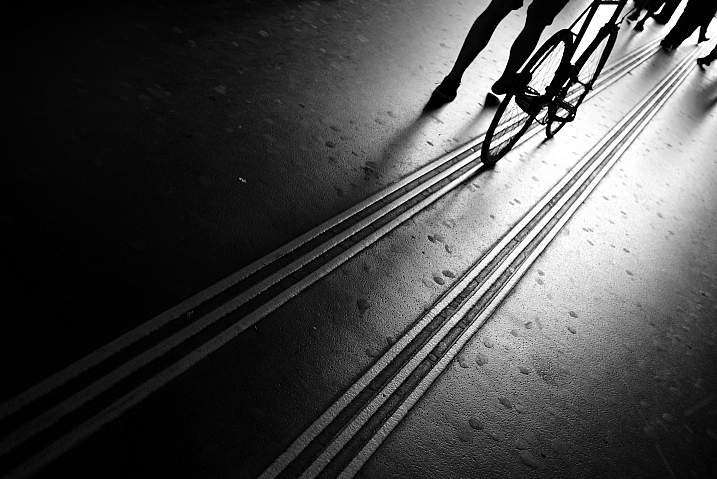
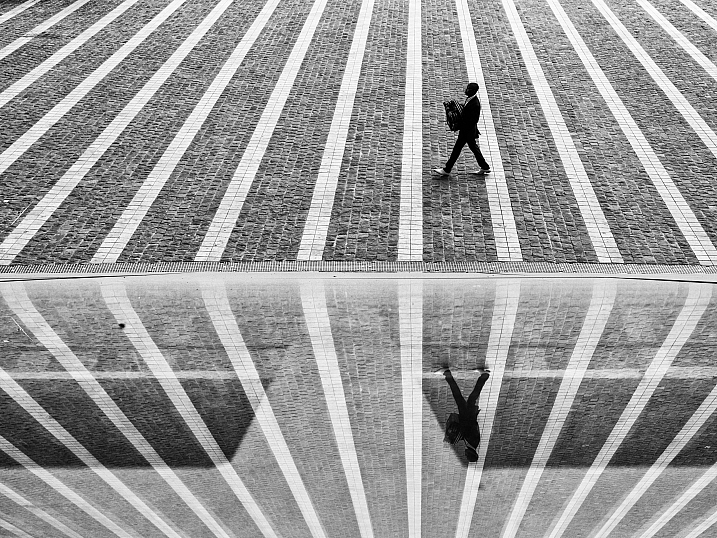
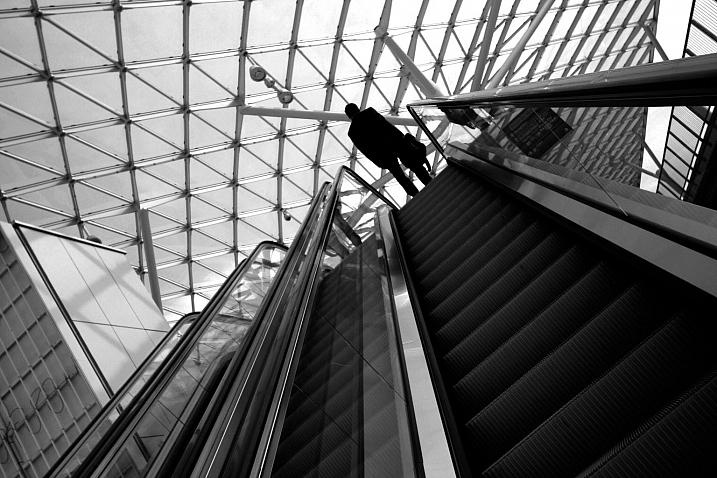
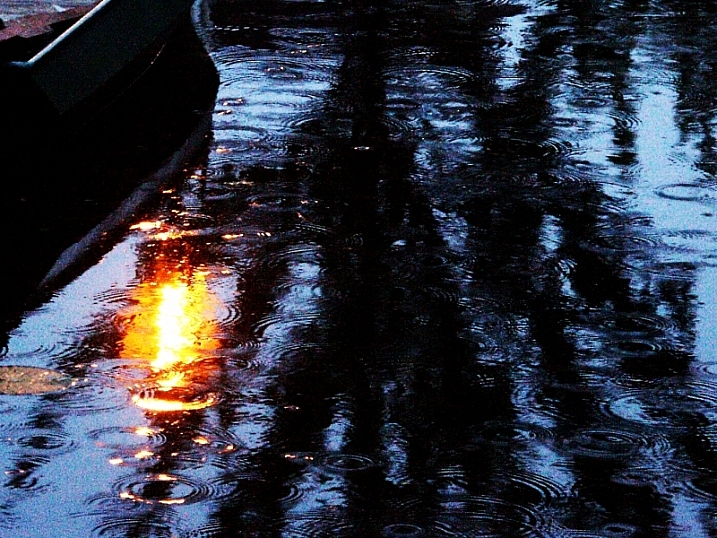


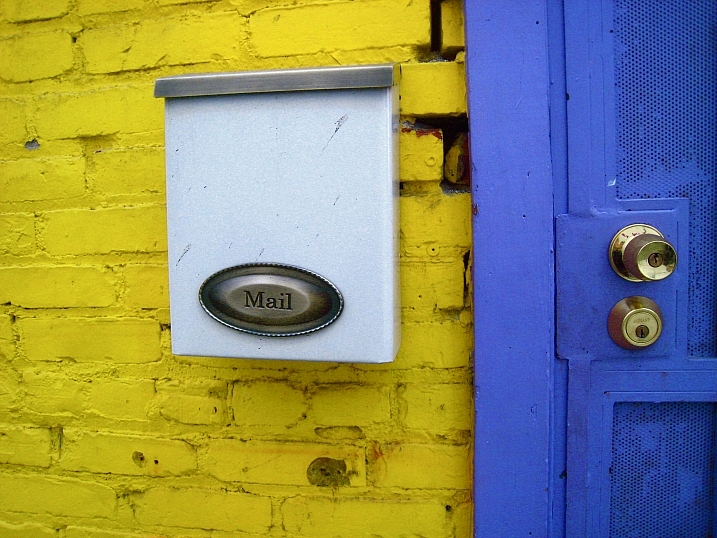
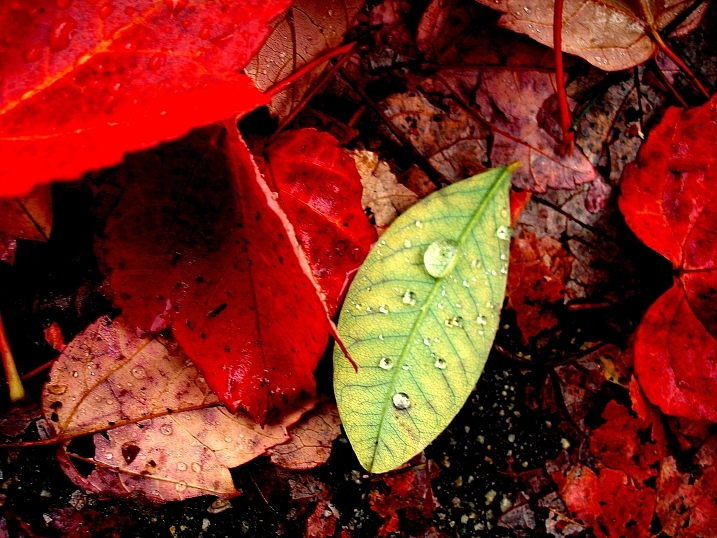
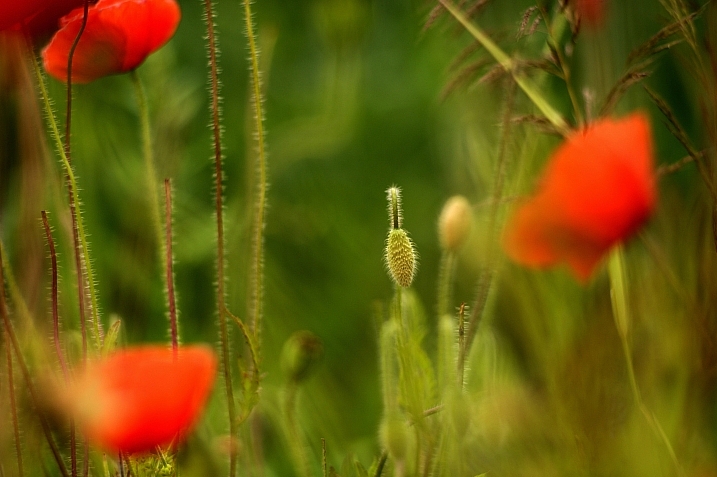
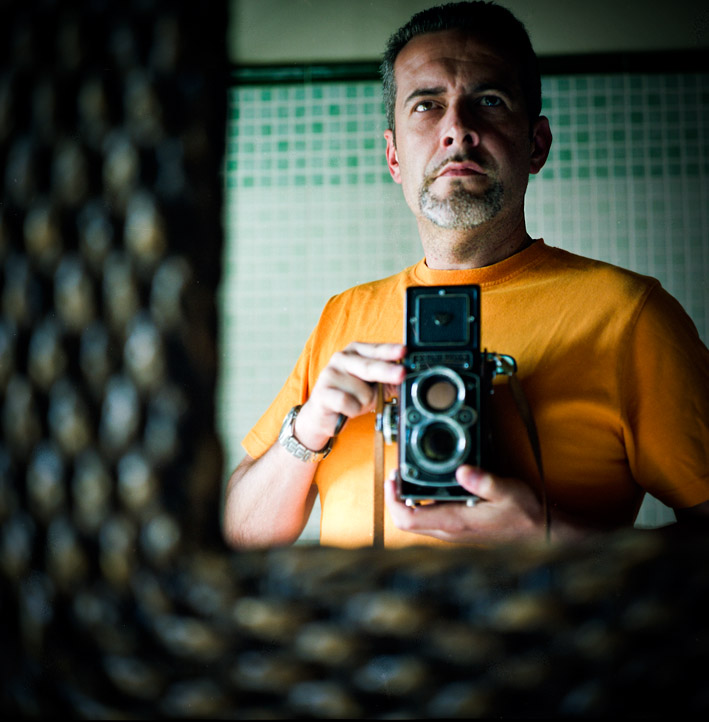
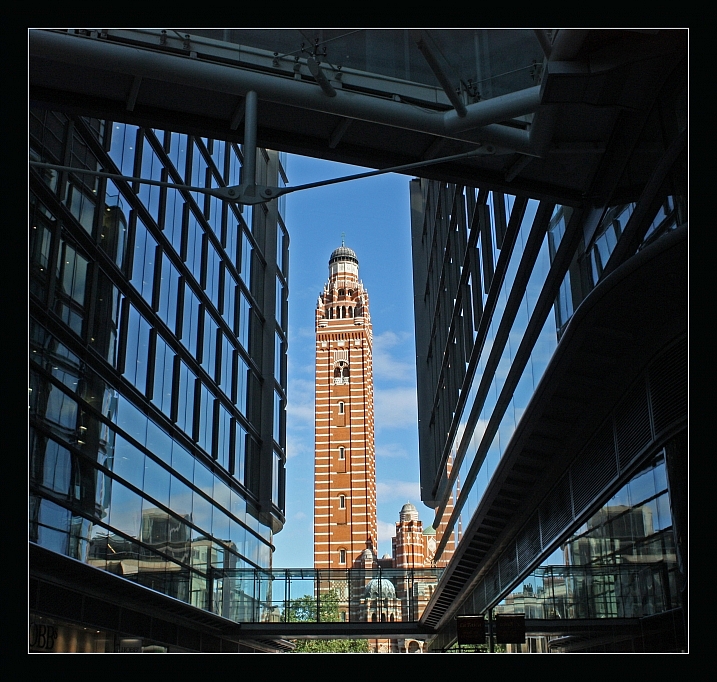
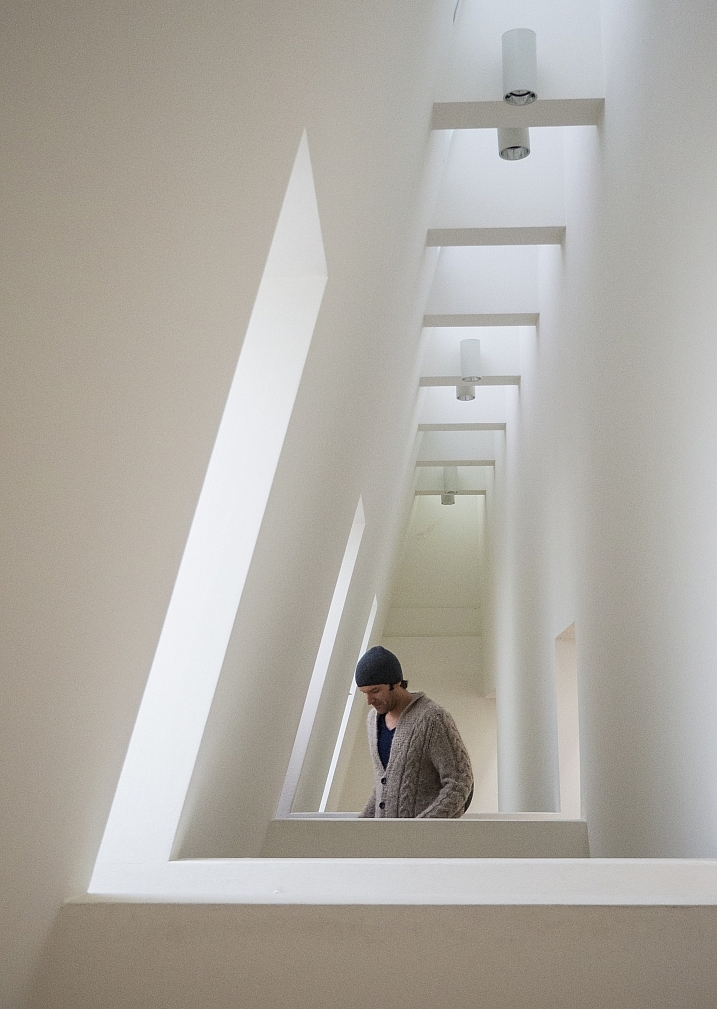
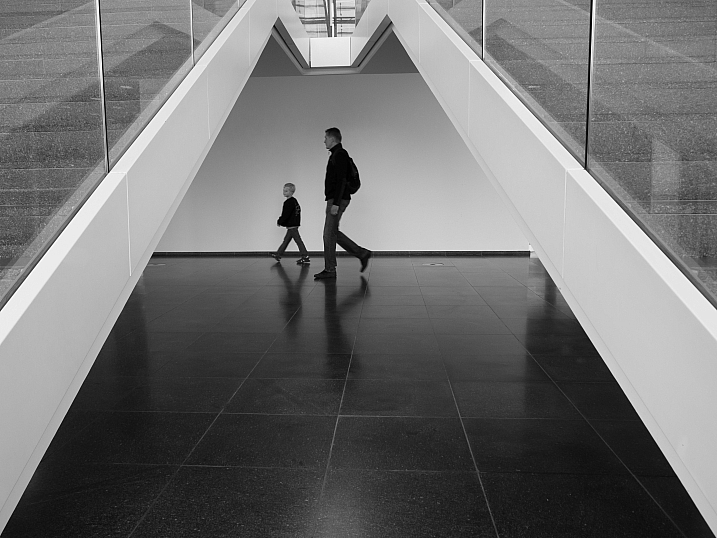
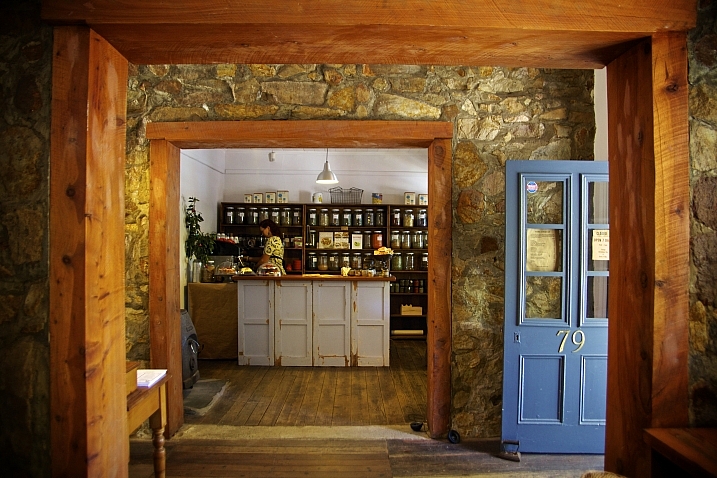
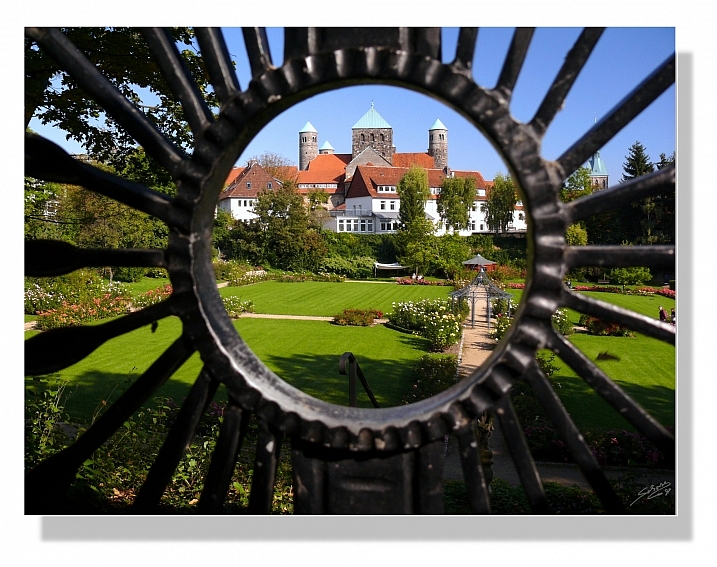
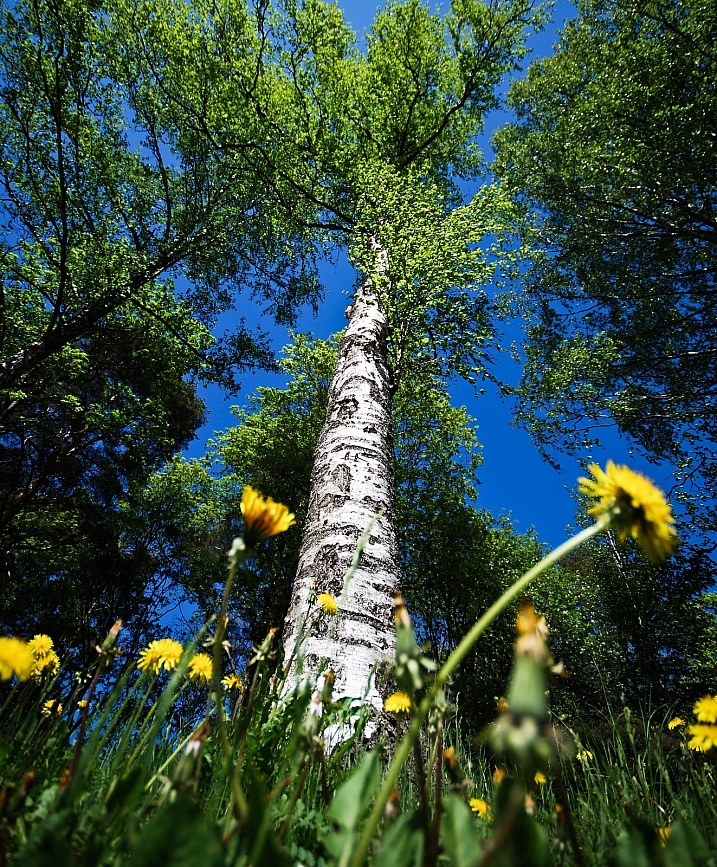
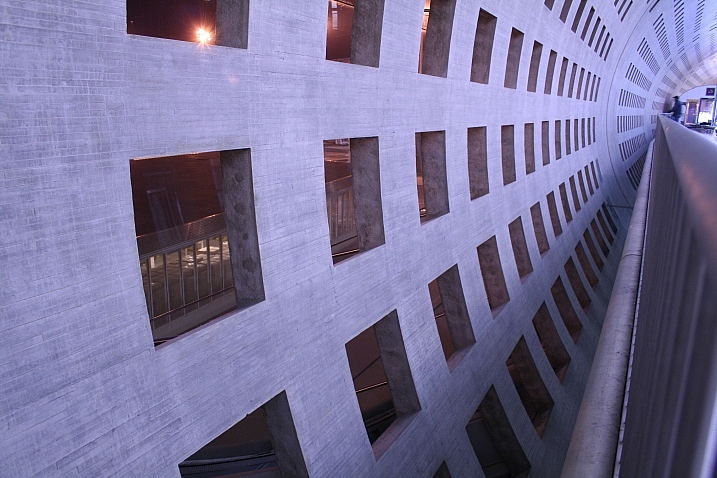
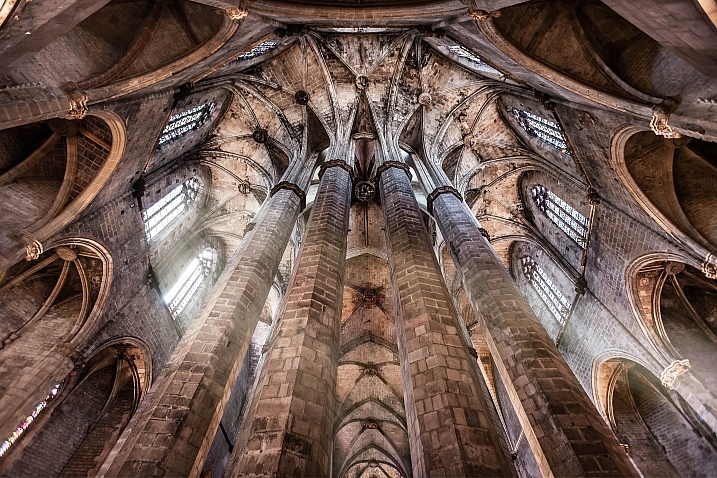
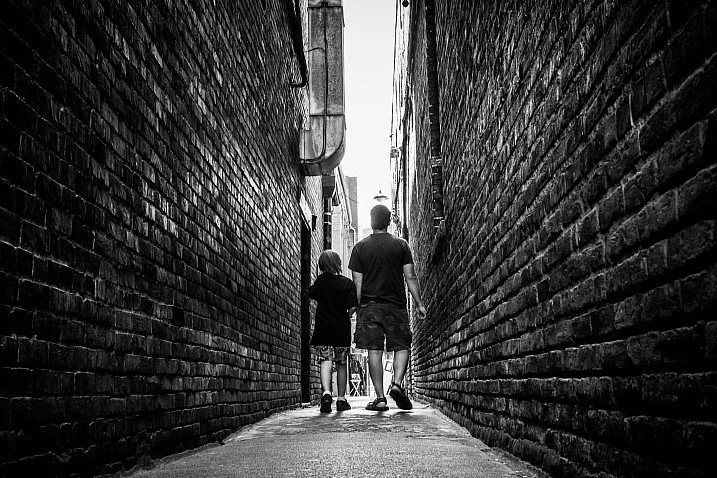
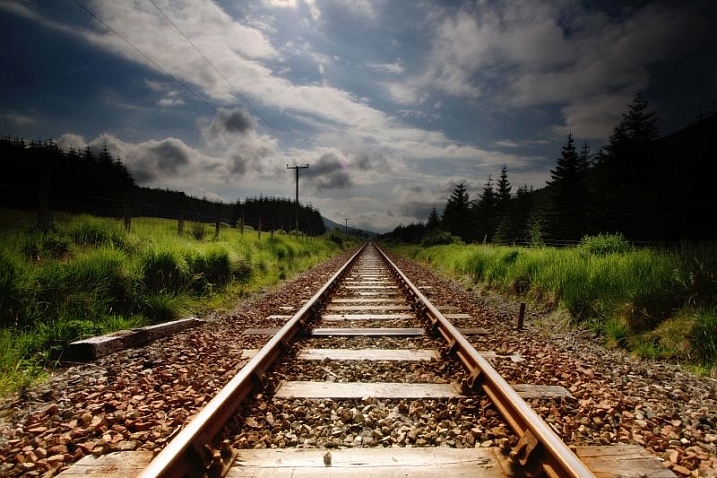
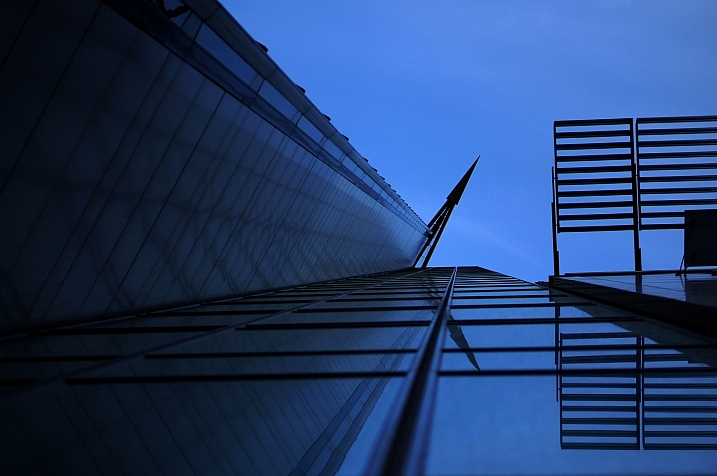
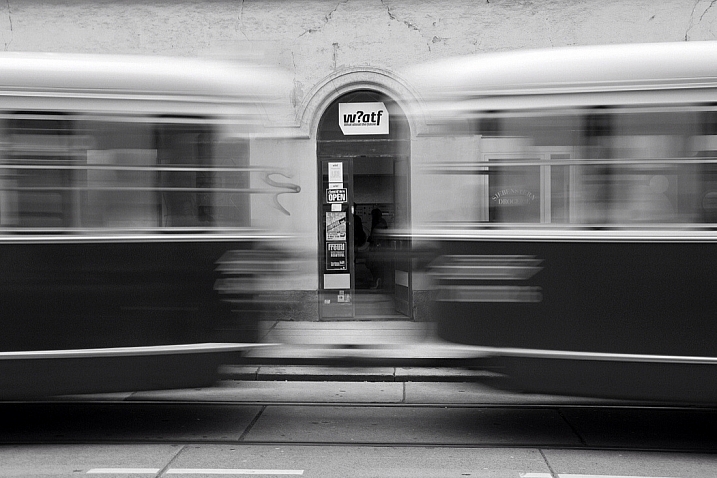

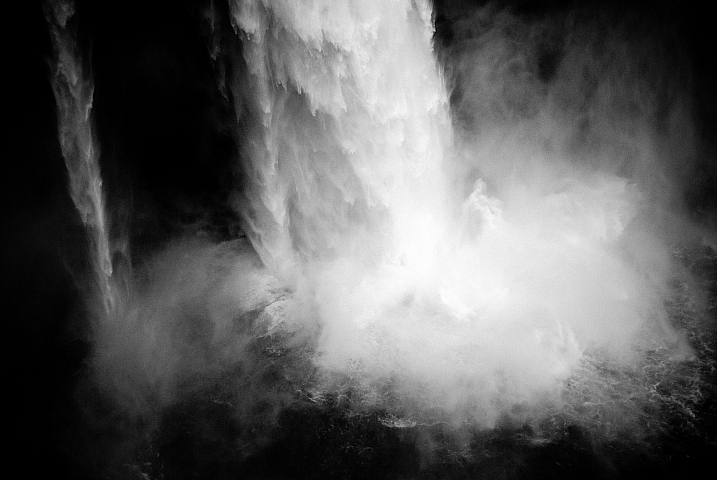
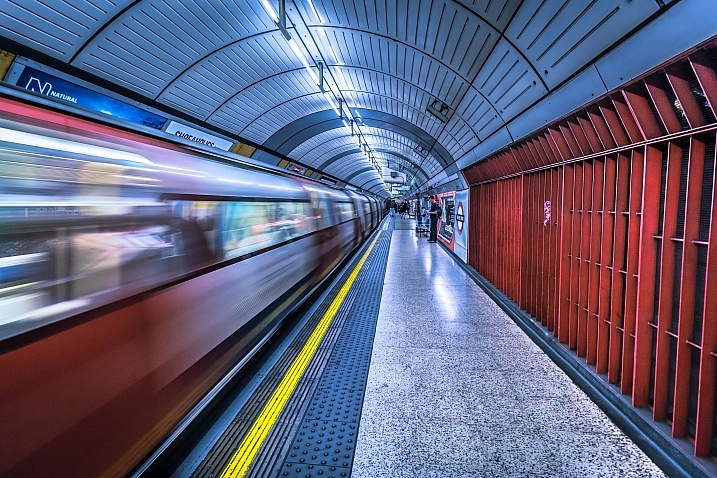
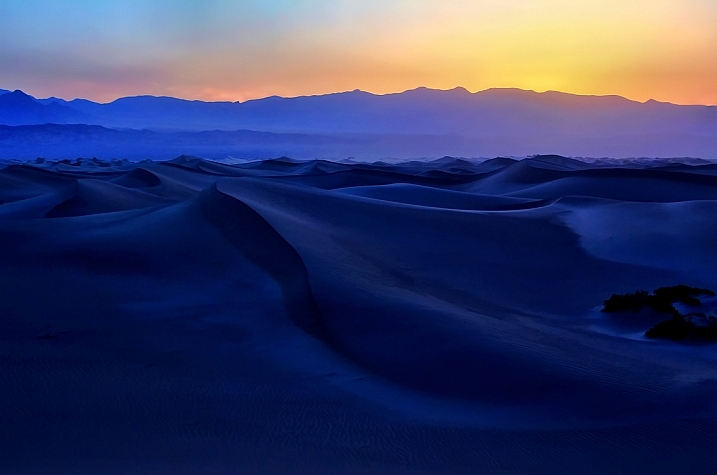
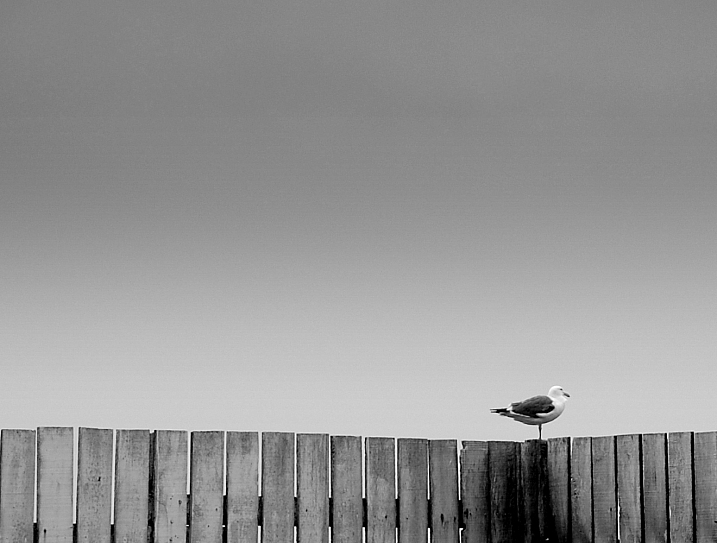
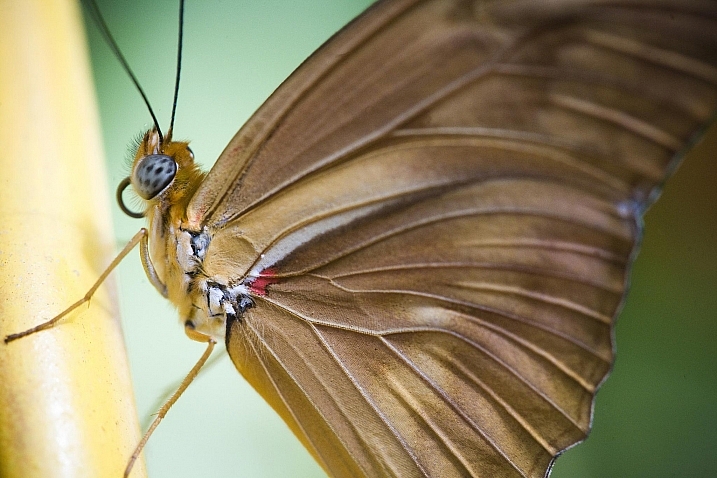
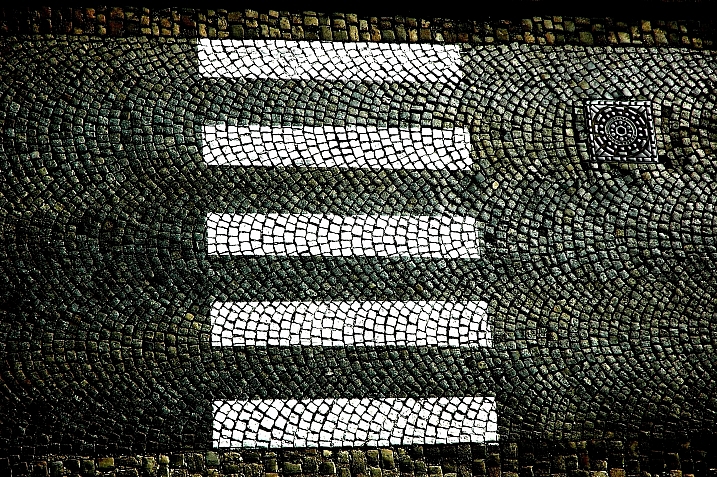
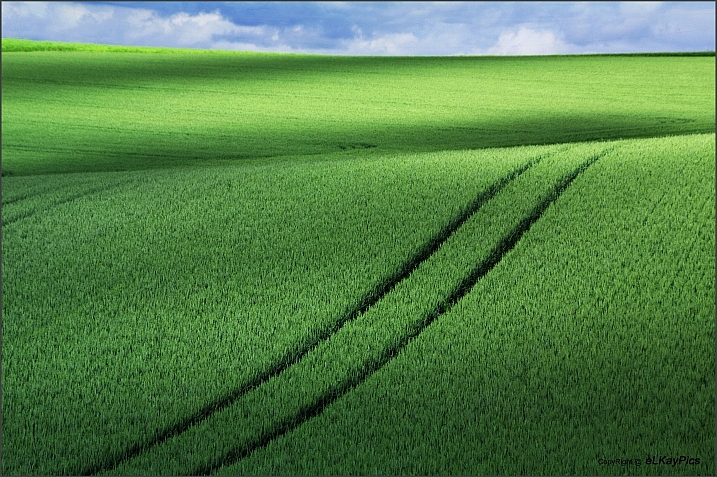



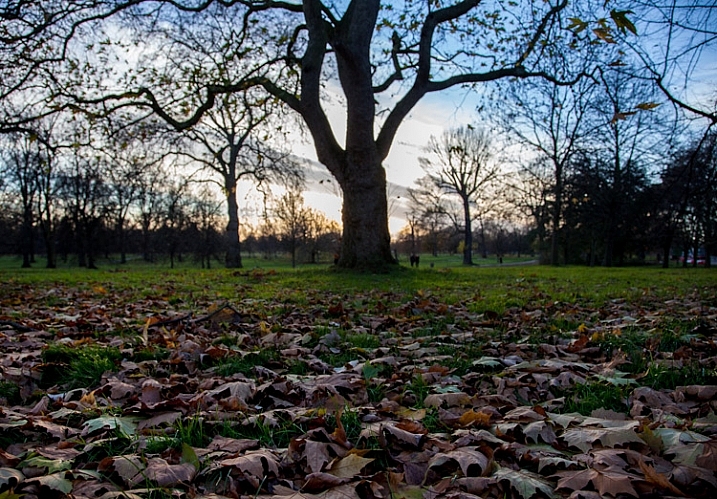
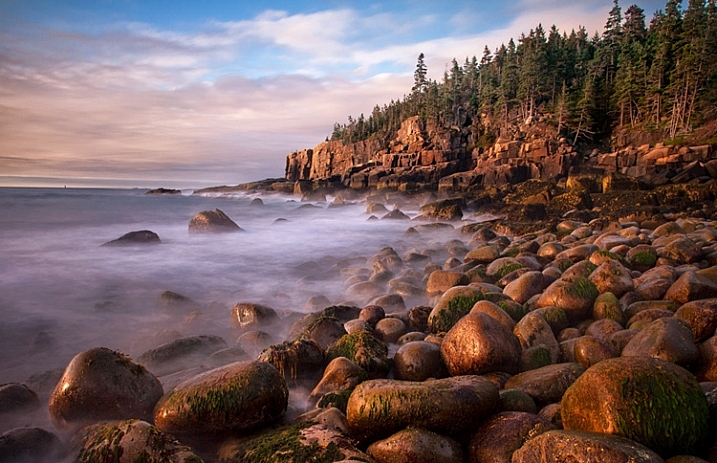
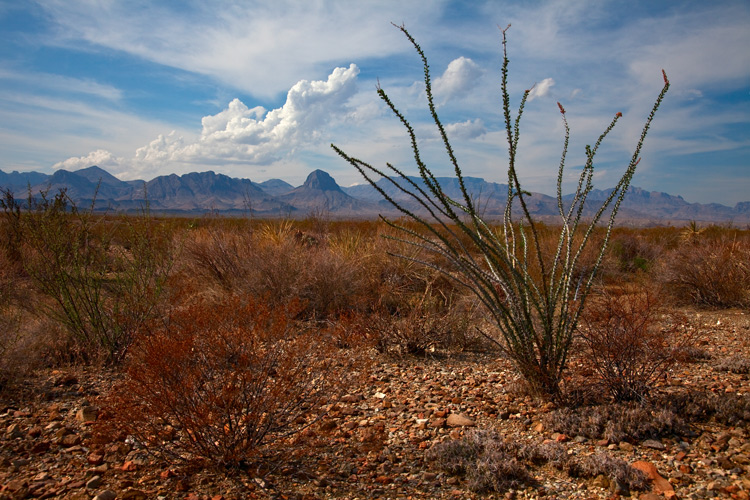

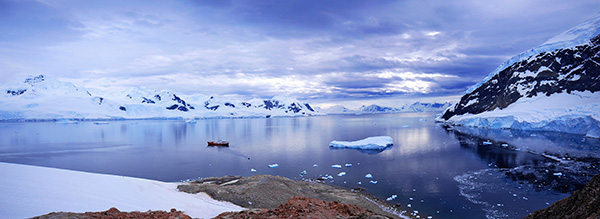

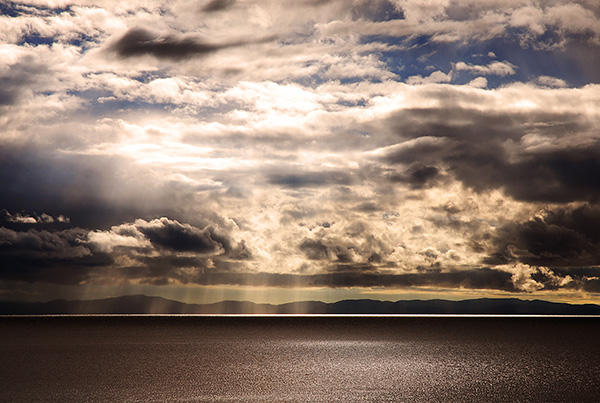

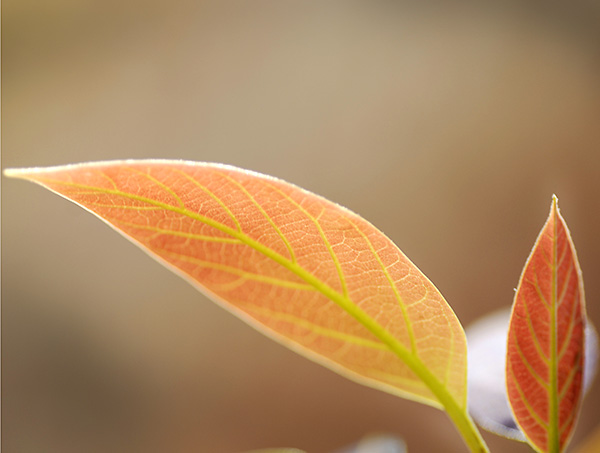
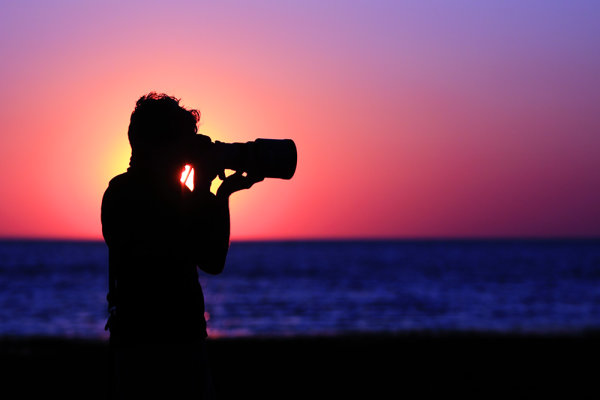
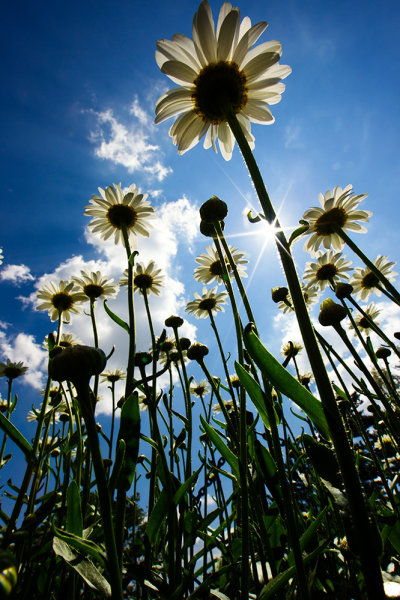
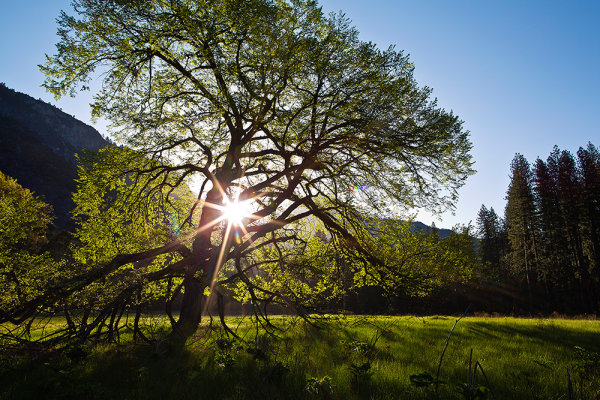
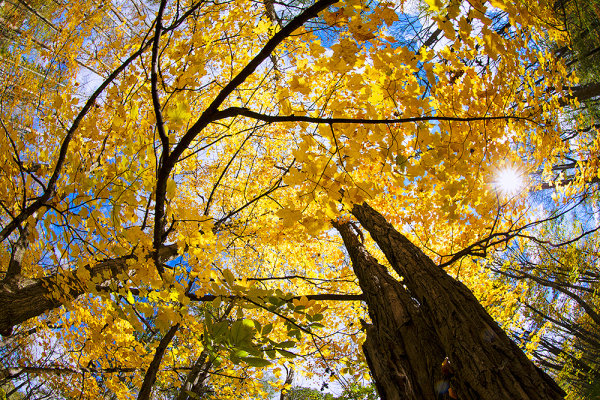

You must be logged in to post a comment.